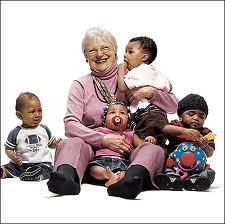The Economic Cost of Obesity
Jack Collins, Academic Earth, follows HealthCetera. He contacted us after reading Dr. May May Leung‘s post East Meets West: Childhood Obesity in China and the U.S. to recommend a video created by Academic Earth for one of their free online courses, The Economic Cost of Obesity.
Created by AcademicEarth.org
According to Dr. James Hill, director of the Center of Human Nutrition at Colorado Health Sciences University, “Genes don’t make us obese. They allow us to be obese.” If our genes aren’t to blame for this rise in obesity, what is? Recent research suggests that socioeconomic class can impact our bodies as much as genetics, and may be a more accurate predictor for a variety of future health issues, including obesity.”
View it here.
References/data can be found by clicking on transcript tab located beneath the video screen.
Here’s Academic Earth’s Mission Statement:
“Academic Earth believes that everyone has the right to a world-class education. Recognizing the existing barriers in academia, we continue our efforts to curate an unparalleled collection of free online courses from the world’s top universities. Moving forward, we honor the egalitarian spirit of Academic Earth’s founders as we develop a platform to facilitate the global sharing of ideas, both inside and outside the classroom.”
Jack Collins, Academic Earth, follows HealthCetera. He






